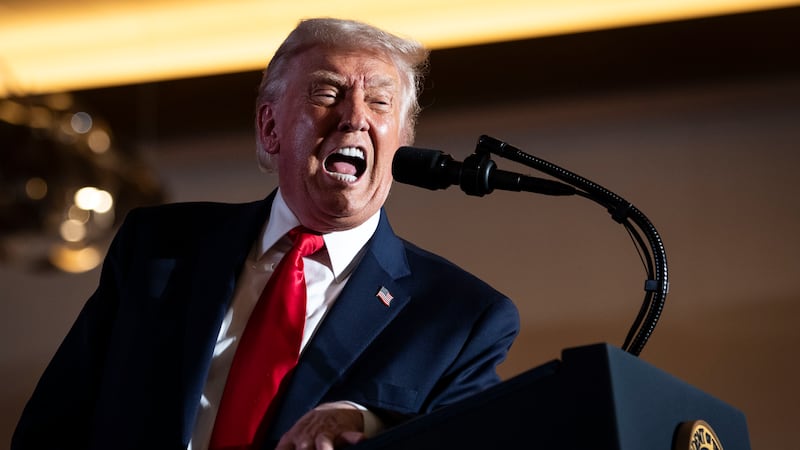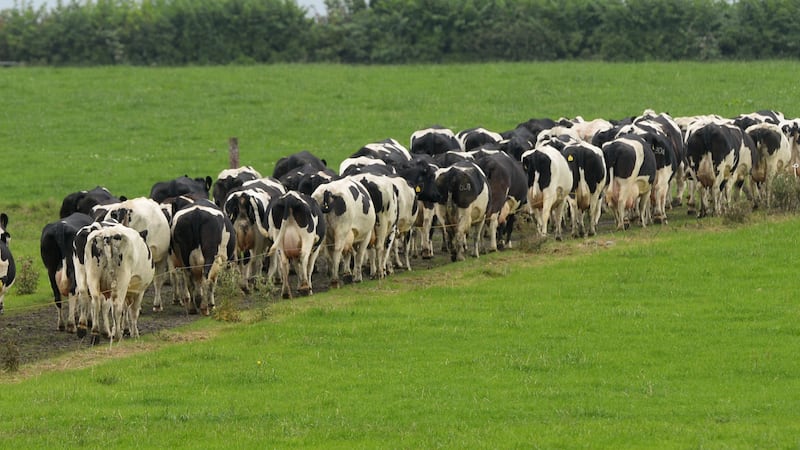Anyone familiar with the difficult recent history of Dublin’s inner city might be forgiven for scepticism about the latest report published yesterday on the future of the area. The document, produced by the Taskforce for Dublin convened by the Taoiseach in May, is the latest in a long line of policy papers, research projects and strategic plans. Some of these have given rise to worthwhile initiatives with positive consequences, such as the North East Inner City Initiative launched in the wake of the Kinahan-Hutch gangland feud. But for the most part, the social, economic and environmental problems remain as glaringly visible as ever. Some have got worse.
None of the 10 “big moves” recommended by the taskforce chaired by An Post chief executive David McRedmond will come as a surprise, therefore. They include the repurposing of vacant or underused buildings and sites for residential use, enhancement of cultural and social amenities, prioritising pedestrianisation and public transport and investing in the public realm via better waste management.
Many of these have been the agenda for years. Not surprisingly, given the formation of the taskforce was spurred by last November’s riots, there is also a reasonable emphasis on additional policing and other public order measures. And there are some fresh ideas for revenue-raising to fund it all, such as congestion charges or a tourism tax.
In truth, though, the report breaks little new ground. It correctly identifies specific issues such as finding a new public use for the GPO or the pressing need to expedite the next phase of the Dublin Traffic Plan. Those would certainly make a positive contribution to the quality of life of everyone living in or visting the city centre.
RM Block
The taskforce is not the first to point to problems caused by the political vacuum that exists in Dublin’s governance, along with the fragmentation of its local authhorities.
That analysis is correct, though also hardly new. Perhaps it would be naive to expect much more from a body which was asked to complete its deliberations within a few short months. Critics of Simon Harris will see the entire exercise as proof of a reactive style of politics driven by the soundbite.
Ultimately the taskforce could never succeed in addressing the underlying causes of Dublin city’s malaise, which are political. Responsibility for most of the problems of the city centre does not lie at the door of Dublin City Council, despite the manifest shortcomings of that body. Political power is more concentrated in central government in Ireland than in nearly any other European country. So if the Taoiseach and his Cabinet colleagues who launched the plan with him yesterday really wish to see where the true source of Dublin’s problems lies, all they need is a mirror.

















